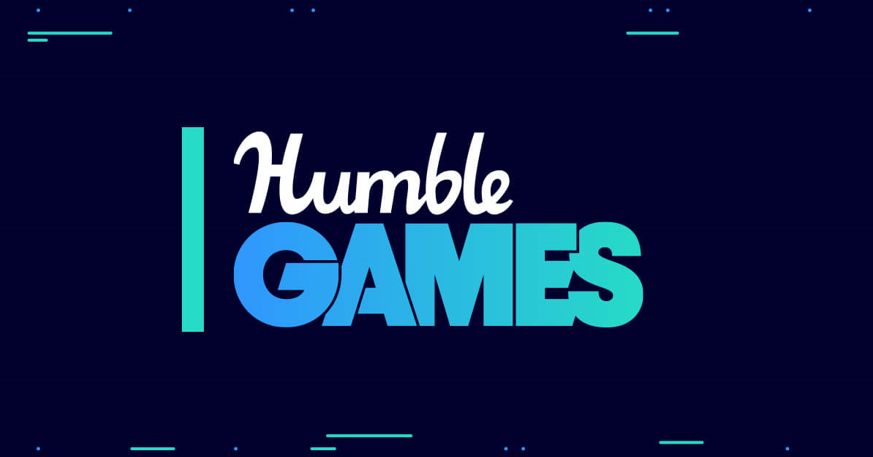Accessibility In Games: A Casualties Of Industry Downturn

Table of Contents
Financial Constraints and Accessibility Feature Development
Economic downturns force game studios to make difficult choices, often prioritizing core gameplay features over supplementary elements like accessibility options. This prioritization significantly impacts the inclusion of features that enhance the gaming experience for players with disabilities.
Reduced Development Time
Shorter development cycles, a common consequence of budget cuts, leave little room for incorporating crucial accessibility features. The pressure to meet deadlines often overrides the desire to implement inclusive design practices.
- Example: A smaller indie studio might cut planned audio descriptions to meet a deadline and stay within budget, excluding players with visual impairments.
- Example: A larger AAA studio might scale back the range of controller remapping options to save on QA testing time, limiting options for players with motor impairments. This impacts the customizability crucial for accessible gameplay.
Cost of Accessibility Technologies
Developing and implementing accessible features requires specialized tools, expertise, and thorough testing. These costs can be substantial, especially during periods of financial uncertainty.
- Example: Integrating advanced AI for generating dynamic subtitles with accurate descriptions of on-screen actions (crucial for blind and low-vision players) is expensive. This requires investment in specialized AI development and integration.
- Example: Conducting comprehensive playtesting with diverse players with disabilities to identify and fix accessibility issues requires dedicated resources, including recruiting participants, facilitating testing sessions, and analyzing feedback. This thorough testing is essential for ensuring true accessibility.
The Impact on Players with Disabilities
The lack of accessibility features directly impacts players with disabilities, creating significant barriers to participation and enjoyment. This exclusion has far-reaching consequences for both individual players and the gaming industry as a whole.
Exclusion from the Gaming Community
Insufficient accessibility options actively exclude players with disabilities from fully participating in the gaming experience. This can lead to feelings of isolation, frustration, and ultimately, disengagement from the gaming community.
- Example: Players with visual impairments might be unable to play games lacking proper audio descriptions, losing access to the narrative and gameplay mechanics.
- Example: Players with motor impairments might find games unplayable without customizable controls and assistive technologies, preventing them from experiencing the joy of gaming. This lack of options directly impacts player engagement and enjoyment.
Lost Revenue and Market Share
By neglecting accessibility, the gaming industry forfeits a significant portion of its potential market. The global disability community represents a substantial and underserved consumer base.
- Example: A game designed with accessibility in mind can reach a much wider audience, expanding the player base and generating increased revenue. This broader appeal translates into a larger potential market share.
- Example: Ignoring this market segment leads to lost opportunities for sales, brand loyalty, and the potential for positive word-of-mouth marketing from satisfied players with disabilities.
Long-Term Implications for the Industry
The decision to cut accessibility features has long-term repercussions for the gaming industry, impacting its reputation, innovation, and overall sustainability.
Reputational Damage
A negative perception regarding a company's commitment to accessibility can significantly damage its brand image and lead to decreased customer loyalty. Consumers are increasingly aware of and concerned about inclusivity.
- Example: Negative reviews and social media backlash concerning the lack of accessibility features can severely impact sales and deter future investments in the company.
- Example: Positive reviews highlighting accessibility features can attract a wider range of customers, improving the company's public image and promoting positive brand association.
Stifled Innovation
A lack of focus on accessibility hinders the development of innovative technologies and solutions that can benefit both gamers with and without disabilities.
- Example: Investing in accessible game design can lead to advancements in user interface design and game mechanics that benefit all players, improving the overall gaming experience.
- Example: The lack of accessibility standards discourages the creation of truly inclusive gaming experiences, limiting the potential for creative innovation within the gaming industry.
Conclusion
Accessibility in games is not a luxury; it's a fundamental aspect of inclusive design. While economic downturns create pressures on budgets, prioritizing accessibility shouldn't be sacrificed. Ignoring this crucial element not only excludes a large portion of potential players but also hinders the long-term growth and innovation of the gaming industry. It is crucial for game developers and publishers to understand that embracing accessibility is not just ethically responsible but also financially beneficial. Let's work together to ensure that accessibility in games remains a priority, regardless of economic conditions. Invest in improving accessibility in your games and unlock the potential of a wider, more inclusive gaming community. Prioritize accessibility in games for a more profitable and ethical industry.

Featured Posts
-
 Will Jonathan Groffs Just In Time Performance Secure A Tony
May 23, 2025
Will Jonathan Groffs Just In Time Performance Secure A Tony
May 23, 2025 -
 Miami Grand Prix Oscar Piastris Victory For Mc Laren Against Teammate Lando Norris
May 23, 2025
Miami Grand Prix Oscar Piastris Victory For Mc Laren Against Teammate Lando Norris
May 23, 2025 -
 Is Honeywell Hon About To Acquire Johnson Mattheys Catalyst Business A Market Analysis
May 23, 2025
Is Honeywell Hon About To Acquire Johnson Mattheys Catalyst Business A Market Analysis
May 23, 2025 -
 Honeywells Potential Acquisition Of Johnson Mattheys Catalyst Unit A Deep Dive
May 23, 2025
Honeywells Potential Acquisition Of Johnson Mattheys Catalyst Unit A Deep Dive
May 23, 2025 -
 University Of Maryland Chooses Kermit The Frog For 2025 Commencement
May 23, 2025
University Of Maryland Chooses Kermit The Frog For 2025 Commencement
May 23, 2025
